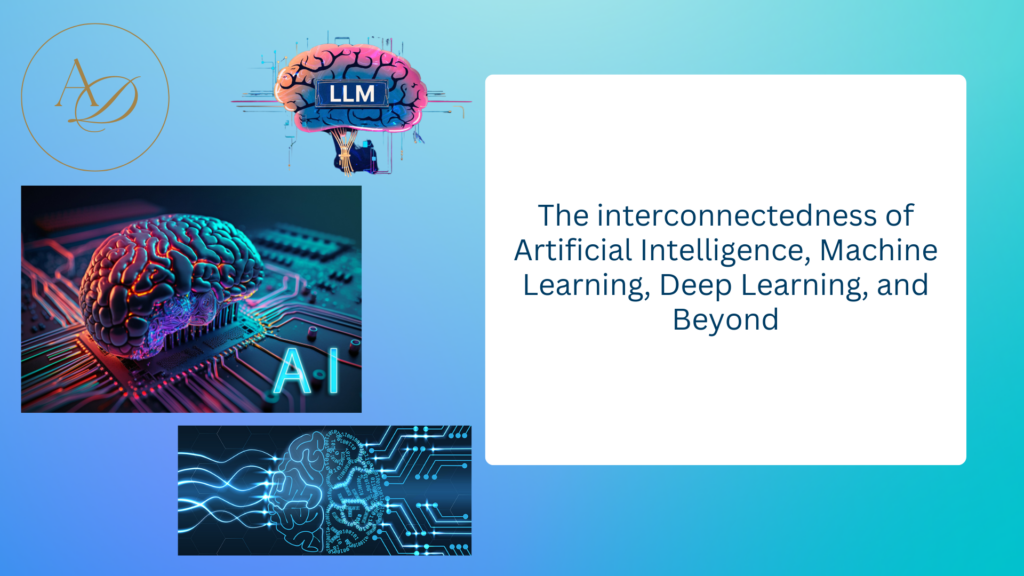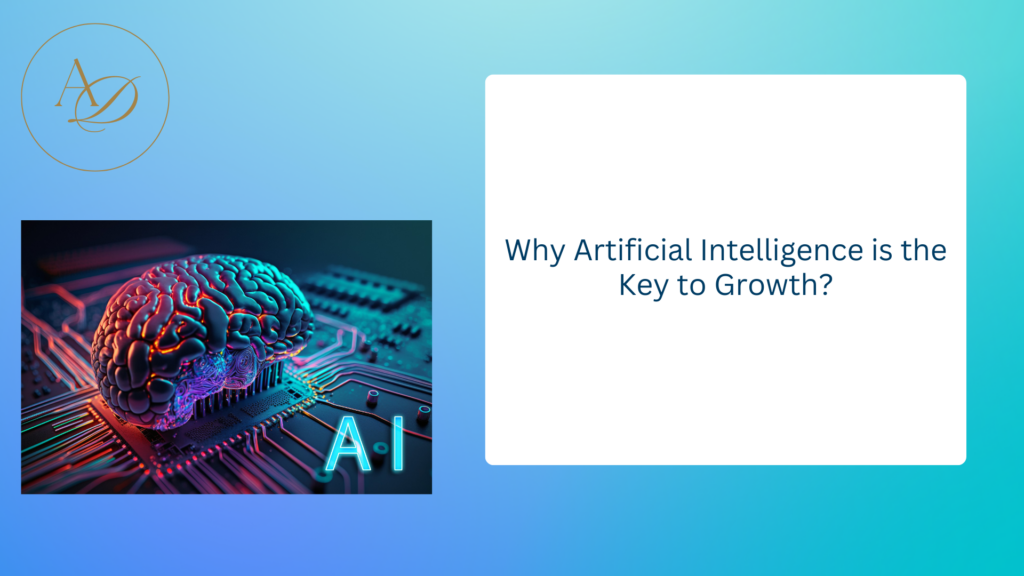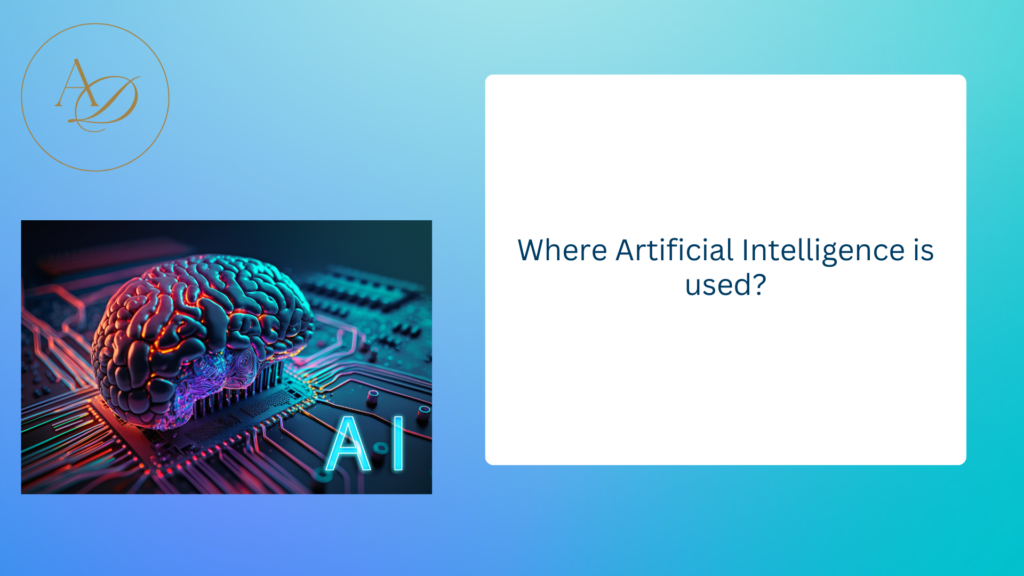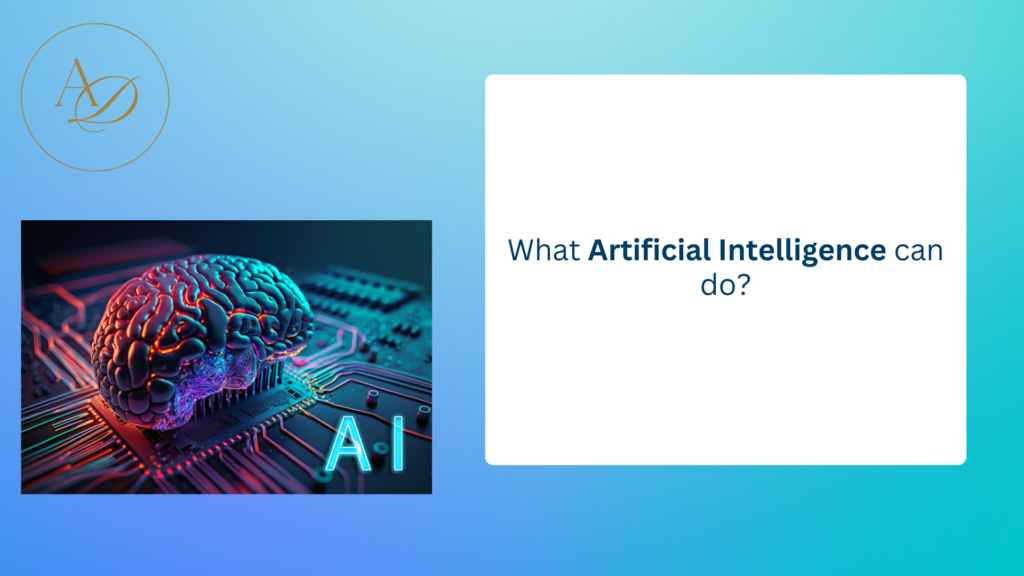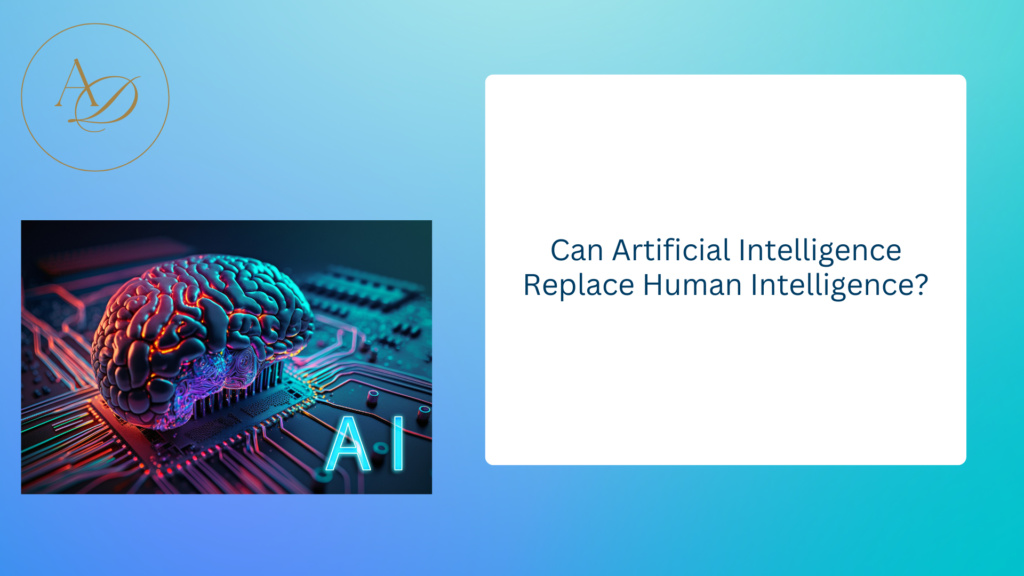Artificial Intelligence (AI) model development is as much an art as it is a science. While the field has made massive strides, many developers—both beginners and seasoned pros—often fall into the same traps that can hinder model performance, scalability, and real-world usability. Whether you’re working on a small personal project or building AI for enterprise applications, avoiding these common mistakes can save you a lot of headaches down the road.
1. Not Defining a Clear Problem Statement
The Mistake: Jumping into model building without properly defining the problem you’re solving. Many teams rush into choosing a model before fully understanding the data, objective, or business impact.
→ The Fix: Before writing a single line of code, define the problem in clear, measurable terms. Ask yourself:
- What is the business or real-world impact of solving this problem?
- What are the success metrics?
- Do I even need AI for this, or is there a simpler rule-based approach?
2. Ignoring Data Quality
The Mistake: Assuming all data is clean, unbiased, and ready for use. Poor data quality leads to garbage-in, garbage-out models.
→ The Fix:
- Always inspect, clean, and preprocess your dataset.
- Identify biases and missing values early on.
- Perform exploratory data analysis (EDA) before feeding the data into a model.
3. Overfitting to Training Data
The Mistake: Creating a model that performs exceptionally well on training data but fails in real-world scenarios. This happens when a model learns noise instead of patterns.
→ The Fix:
- Use techniques like regularization (L1/L2), dropout, or data augmentation.
- Always evaluate on a separate validation set, not just training data.
- Apply cross-validation to ensure robustness.
4. Underfitting Due to Simplicity
The Mistake: Using an overly simple model that fails to capture underlying patterns in the data. This happens when models lack the necessary complexity to generalize well.
→ The Fix:
- Choose models that balance complexity and interpretability.
- Experiment with different architectures and feature engineering techniques.
- Ensure the dataset is sufficiently large and representative.
5. Neglecting Feature Engineering
The Mistake: Relying entirely on raw data without creating meaningful features. Models often perform poorly when important information is not extracted properly.
→ The Fix:
- Experiment with feature selection and transformation (e.g., PCA, embeddings, polynomial features).
- Use domain knowledge to create relevant features.
- Leverage automated feature engineering tools when necessary.
6. Using an Incorrect Evaluation Metric
The Mistake: Choosing the wrong metric for the problem. For example, accuracy is misleading in imbalanced datasets (e.g., fraud detection, rare disease diagnosis).
→ The Fix:
- For classification, consider precision, recall, F1-score, and ROC-AUC instead of just accuracy.
- For regression, consider RMSE, MAE, and R² rather than just MSE.
- Always match the metric to the real-world problem.
7. Not Addressing Data Imbalance
The Mistake: Ignoring class imbalances, leading to biased models. A model that predicts “No Fraud” 99.9% of the time might seem accurate, but it’s useless.
→ The Fix:
- Use resampling techniques (oversampling minority class or undersampling majority class).
- Try advanced techniques like SMOTE (Synthetic Minority Over-sampling Technique).
- Use cost-sensitive learning to penalize misclassifications of the minority class.
8. Skipping Hyperparameter Tuning
The Mistake: Sticking with default hyperparameters or making arbitrary manual adjustments without systematic tuning.
→ The Fix:
- Use techniques like Grid Search, Random Search, or Bayesian Optimization.
- Take advantage of frameworks like Optuna or Hyperopt to automate tuning.
- Monitor performance over time and avoid over-tuning.
9. Ignoring Model Interpretability
The Mistake: Building black-box models with no explanation for their decisions. This is critical in regulated industries like healthcare and finance.
→ The Fix:
- Use interpretability tools like SHAP, LIME, and feature importance plots.
- Choose simpler models when possible (e.g., decision trees over deep neural networks if interpretability is key).
- Provide transparency in AI decisions, especially when used in critical applications.
10. Not Testing in Real-World Scenarios
The Mistake: Assuming a well-performing model in a test environment will work just as well in production. Real-world data is often noisier, less structured, and more dynamic.
→ The Fix:
- Deploy models in a controlled environment first and monitor real-world performance.
- Continuously retrain models with fresh data to adapt to changes.
- Implement a feedback loop to detect and mitigate concept drift.
Final Thoughts
AI model development is an iterative process, not a one-time task. Avoiding these common mistakes can significantly improve the quality, performance, and usability of your models. Always remember: AI is only as good as the data and design behind it.
You may also like:
1) How AI is Transforming the Software Development Industry
2) 8 Key Concepts in Neural Networks Explained
3) Top 5 Essential Deep Learning Tools You Might Not Know
4) 10 Common Mistakes in AI Model Development
5) 6 Types of Neural Networks You Should Know
6) The Science Behind Fine-Tuning AI Models: How Machines Learn to Adapt
7) 7 Essential Tips for Fine-Tuning AI Models
Read more blogs from Here
Share your experiences in the comments, and let’s discuss how to tackle them!
Follow me on Linkedin


